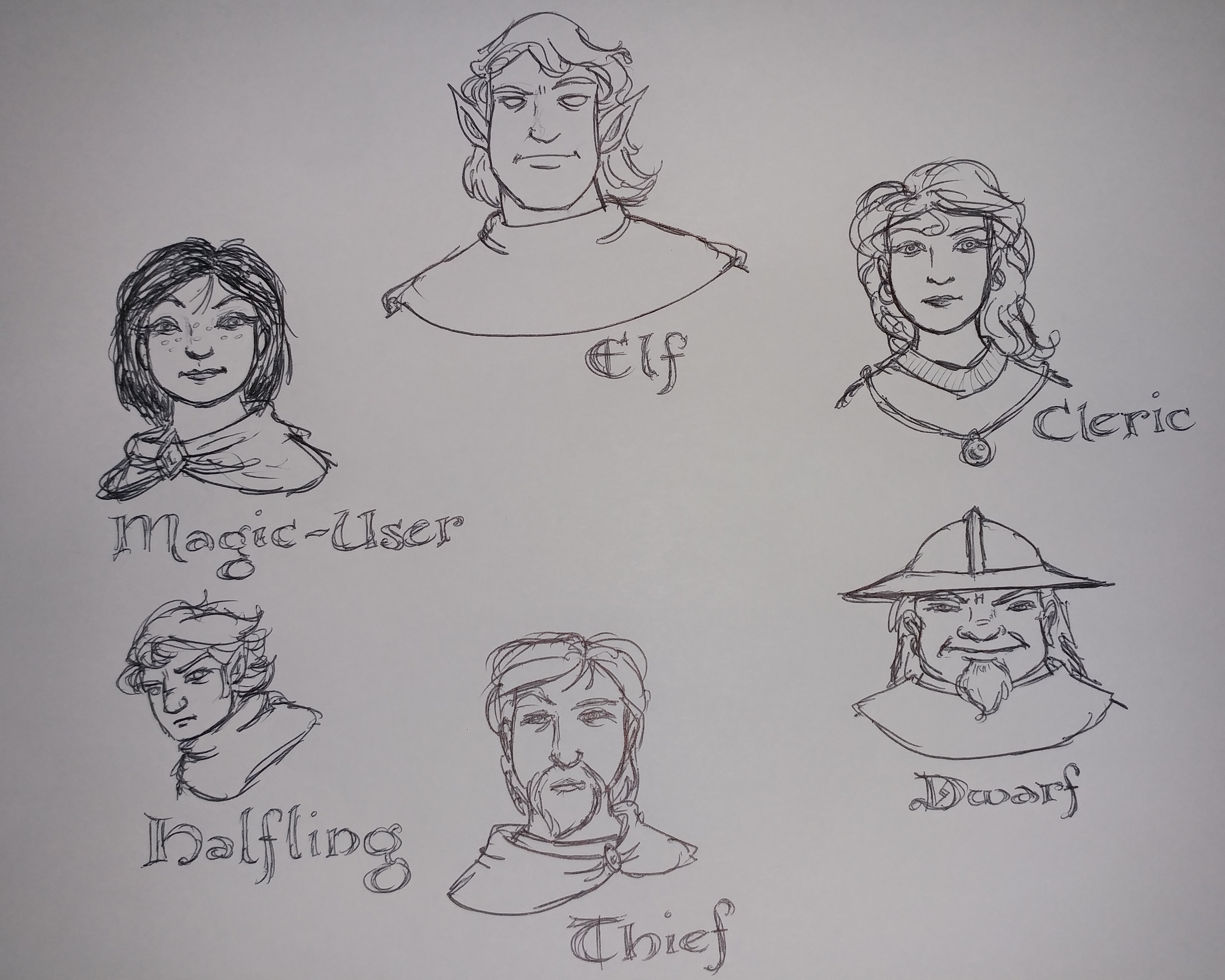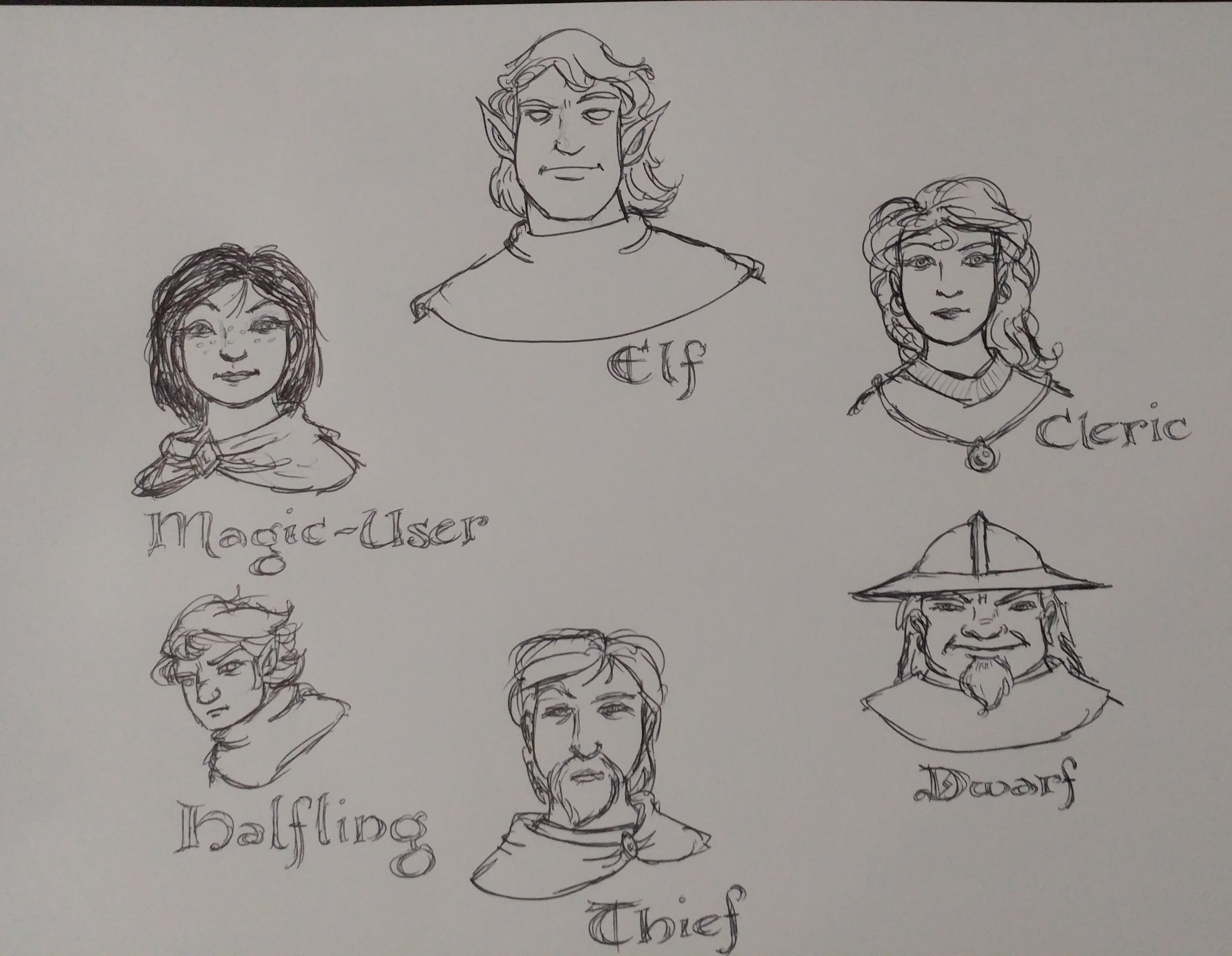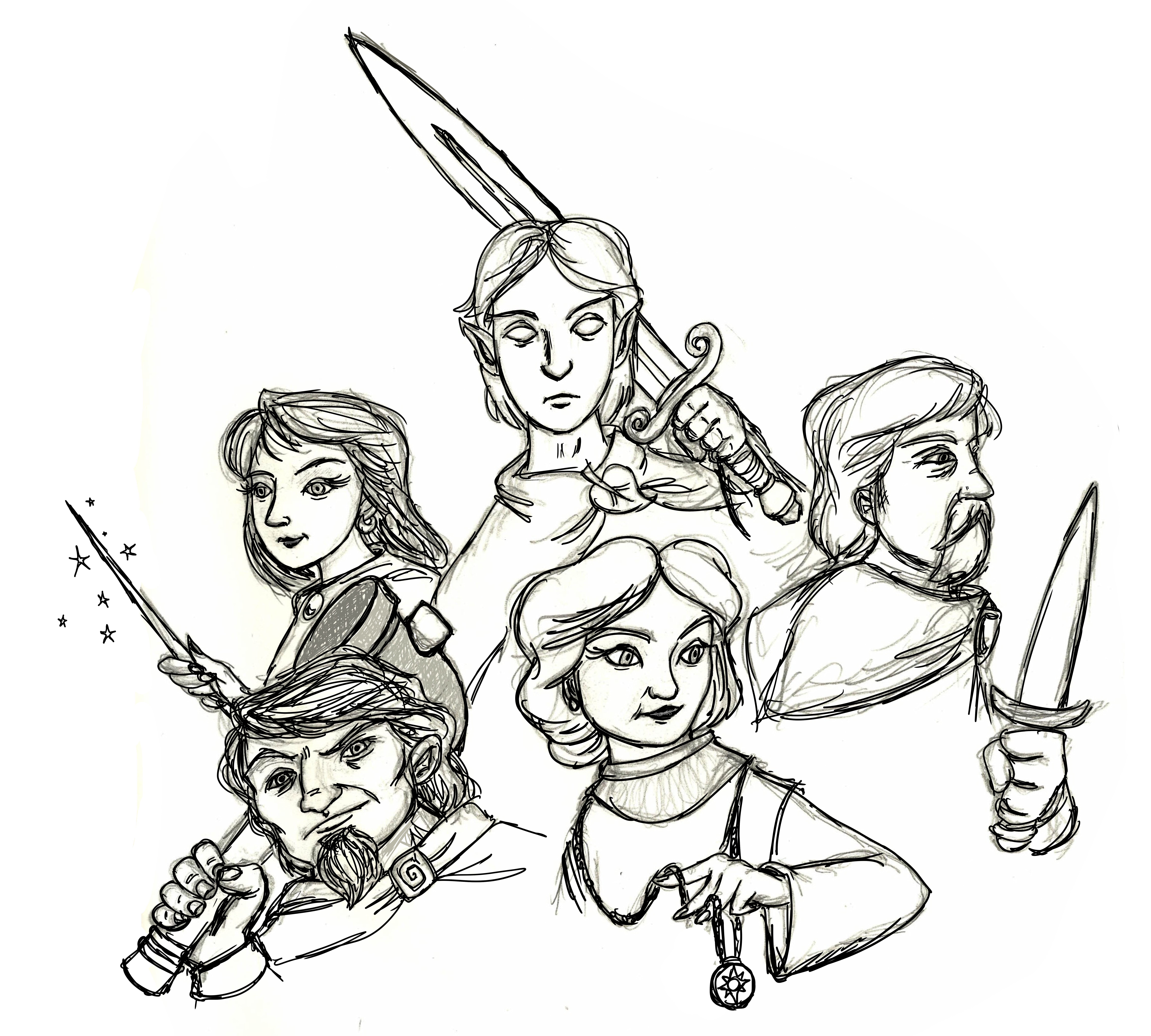(Or, rather, at no extra cost to you, as long as you already have the proper dice, pencils and paper, graph paper, and notebooks. Also, a computer or smart phone and Internet connection.)
These are some resources I’ve recently discovered, that allow one to set up and play a fantasy tabletop dungeon crawler.
First, the rules: this is called “Delving Deeper”, and is a cleaned-up version of the original Dungeons and Dragons—specifically, the 1974 “White Box” version. There are three booklets one can download. Version 4 is the latest complete revision.
Second, there is a booklet that describes how to create a campaign world, in which your players’ characters can adventure. It’s called “The Gygax 75 Challenge”, and can be procured here.
Third, and as a companion to “The Gygax 75 Challenge”, there is a single page product by Matthew Colville’s MCDM company, that asks several questions to help develop ideas for a fantasy world.
That should be all one needs. Another product that is technically free, if you don’t mind being a moocher, is the “Swords & Wizardry Core Rules”. I bring it up because it has more extensive rules, with illustrations for creating dungeons than “Delving Deeper”.
If you need dice, there are free online dice-rollers available. For the real thing, starting out, I recommend checking out Walmart, which has been selling sets of dice with bags for around 8 to 10 dollars. Each set contains 42 dice, and six bags. Or, you can find out if you have a comic shop nearby, which might also have gaming dice.
Addendum: versions 1 and 2 of “Delving Deeper” contain a sample dungeon map in book 2. I don’t know why this was removed from the later revisions.
They did put up the sample dungeon as a separate product.
Addendum #2: here are a couple of sites that explain how to use the Chainmail combat rules in Dungeons & Dragons.









